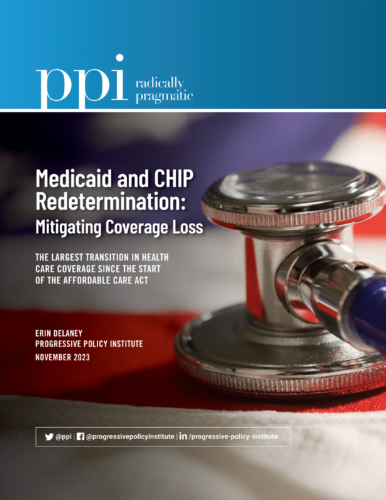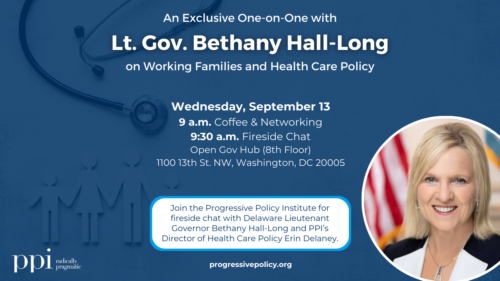ABSTRACT
This paper assesses the health and economic benefits of the rapid development of COVID-19 vaccines. Using a simple framework of stylized facts, we find that the COVID-19 vaccines saved 2.9 million lives, avoided 12.5 million hospitalizations, and saved $500 billion in hospitalization costs. Importantly, these are conservative estimates, based on the assumption that successfully surviving COVID-19 infection offers protection against future severe outcomes similar to vaccination.
Using the same framework, we examine the consequences to individuals of choosing to receive or not receive new COVID-19 boosters, given the continued evolution of the virus. An illustrative calculation shows that the expected 5-year economic losses to an individual from choosing not to receive boosters rises from $654 at age 30 to more than $65,000 at age 75.
INTRODUCTION
From the moment COVID-19 was first identified, researchers were projecting the potential economic and human cost of an unchecked major pandemic and the corresponding economic and human benefits of an effective COVID-19 vaccine. Some of these projections were exceedingly influential in guiding private and public responses to the pandemic.
The development, testing, manufacturing, and administration of COVID-19 vaccines to almost 80% of the population over the age of 12 in the United States (fully vaccinated) has been a tremendous scientific and policy achievement. Globally, about 67% of the world population was fully vaccinated as of March 2023.
Unfortunately, hopes that a sufficiently vaccinated population could mostly avoid initial infections have turned out to be excessively optimistic. As of November 2022, 77.5% of the population was estimated to have been infected by COVID-19 at least once. In the 16- to 49- year-old age group, the percentage infected is closer to 85%.
In particular, the Omicron variant turned out to be extremely contagious in the U.S. and globally. As of April 2022, 60 to 80% of the European population was estimated to have been infected with COVID-19. More recent estimates are even higher. According to one model, an estimated 95% of the European population has been infected at least once as of December 2022. In Japan, the cumulative infection rate, measured by antibody tests, rose sharply from 28.6% in November 2022 to 42.3% in February 2023. In Japan, an estimated 80% of the population has been infected at least once. In Korea, the cumulative infection rate was 83%. Even the draconian measures applied by the Chinese government were unable to contain the wave of infections.
A related observation is that neither infection nor vaccination with the current generation of vaccines appears to offer long-lasting immunity against reinfections. Past a certain point, the spread of the virus through the population could not have been prevented by a more aggressive vaccination program or other policy interventions.
However, the exceedingly good news is that vaccination appears to provide durable protection against severe outcomes such as invasive ventilation and death. Obviously, that might change as new variants arise, but for now, that’s what current evidence shows.
Notably, prior infection also appears to provide durable protection against severe outcomes, even for those people who have not been vaccinated. This is no longer a “novel” pathogen attacking unprepared immune systems. Once again, this could change for a sufficiently different variant.
So now we can get a clearer picture of the benefits of COVID-19 vaccination. Vaccination provided a much lower risk path for achieving protection against severe outcomes. Without vaccines, many more people would have died or have been hospitalized.
This paper has both a backward-looking component and a forward-looking component. Based on the evidence, the backward-looking component constructs a set of stylized facts that allow us to understand the economic and health benefits of a rapid-development COVID-19 vaccine compared to reasonable counterfactuals (including no vaccine and more rapid roll-out of the vaccine at the beginning of 2021). These estimates include the mortality and hospitalization outcomes of the “worst case” counterfactual of no successful vaccine, along with the associated health-related costs.






